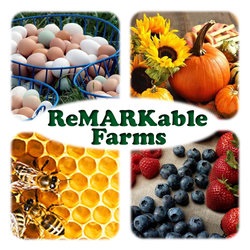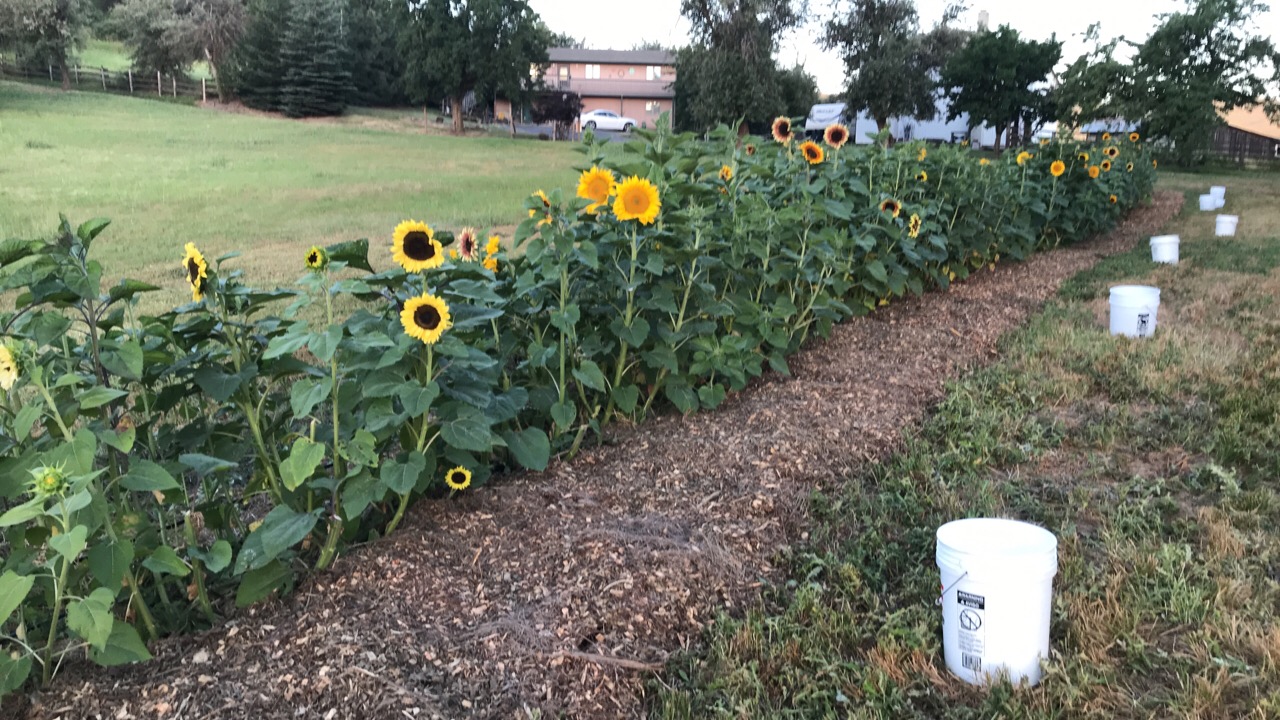Sunflowers
Some good news…I was talking to my friend at Meadowlark Heritage Farm and she said that I could grow my sunflowers at her farm! I think she is so excited to have access to unlimited sunflowers all summer. She would often buy 2 big bunches from me at the Farmer’s Market…it seems she really enjoyed them and is excited to have them on her property. There is no infrastructure so I will be starting from scratch but I already have a good idea of how I would like to proceed. We are going to walk the property in March to determine the best placement for the flowers. There is lots of space!
Click on picture of goat to go to their website.
Meadowlark Heritage Farm raises goats and sells goat soap at the Farmer’s Market. They also have several other products. Check them out on Facebook by clicking on the picture below:
Palouse Clearwater Grower’s Conference
Yesterday, I went to the first Palouse Clearwater Grower’s Conference. It was a nice round table discussion of local issues that pertain to small, sustainable farms in the area. Some of the areas that were discussed included: wholesale marketing, labor, collaboration, and a lot more that I simply cannot remember.
One thing I learned about was Good Agricultural Practices (GAP). It seems that lots of people have questions about the GAP codes that may be going into effect in the next couple of years. Here is some information from the Food and Agriculture Organization:
What are Good Agricultural Practices?
A multiplicity of Good Agricultural Practices (GAP) codes, standards and regulations have been developed in recent years by the food industry and producers organizations but also governments and NGOs, aiming to codify agricultural practices at farm level for a range of commodities. Their purpose varies from fulfillment of trade and government regulatory requirements (in particular with regard to food safety and quality), to more specific requirements of specialty or niche markets.
The objective of these GAP codes, standards and regulations include, to a varying degree:
ensuring safety and quality of produce in the food chain
capturing new market advantages by modifying supply chain governance
improving natural resources use, workers health and working conditions, and/or
creating new market opportunities for farmers and exporters in developing countries.
Good Agricultural Practices are “practices that address environmental, economic and social sustainability for on-farm processes, and result in safe and quality food and non-food agricultural products” (FAO COAG 2003 GAP paper) (html).
These four ‘pillars’ of GAP (economic viability, environmental sustainability, social acceptability and food safety and quality) are included in most private and public sector standards, but the scope which they actually cover varies widely.
The concept of Good Agricultural Practices may serve as a reference tool for deciding, at each step in the production process, on practices and/or outcomes that are environmentally sustainable and socially acceptable. The implementation of GAP should therefore contribute to Sustainable Agriculture and Rural Development (SARD).
Lots of great networking at the event and a chance to meet other farmers.



